






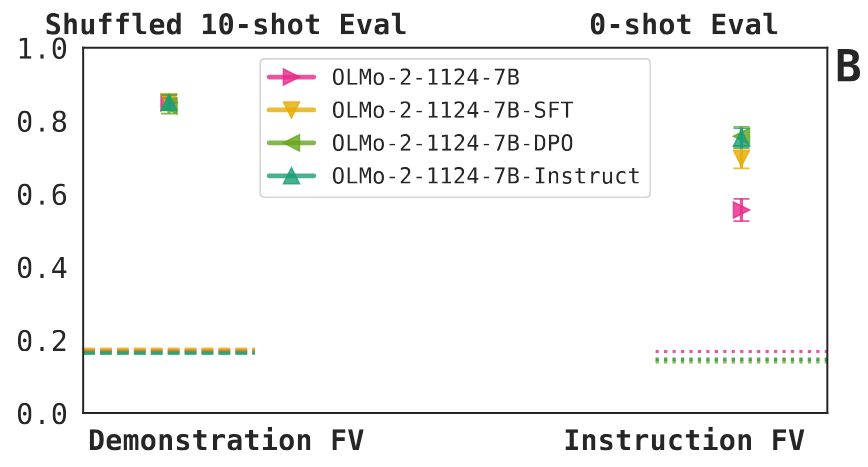
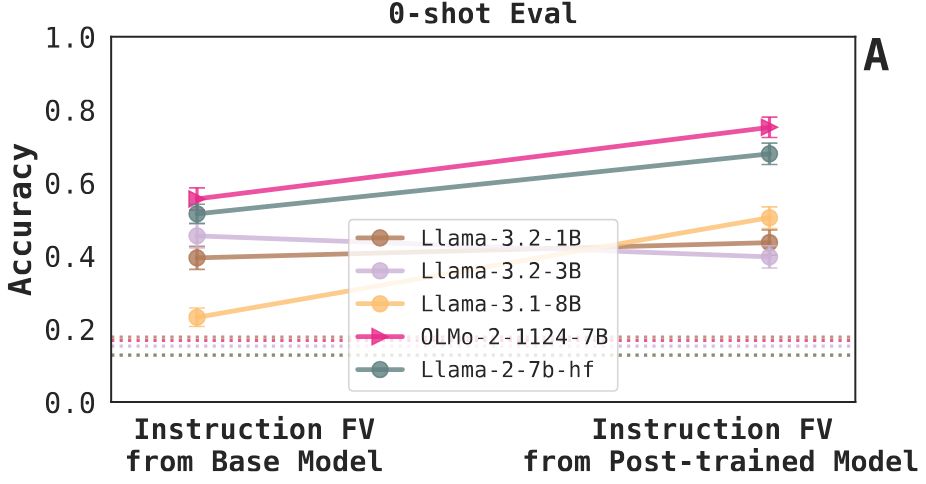
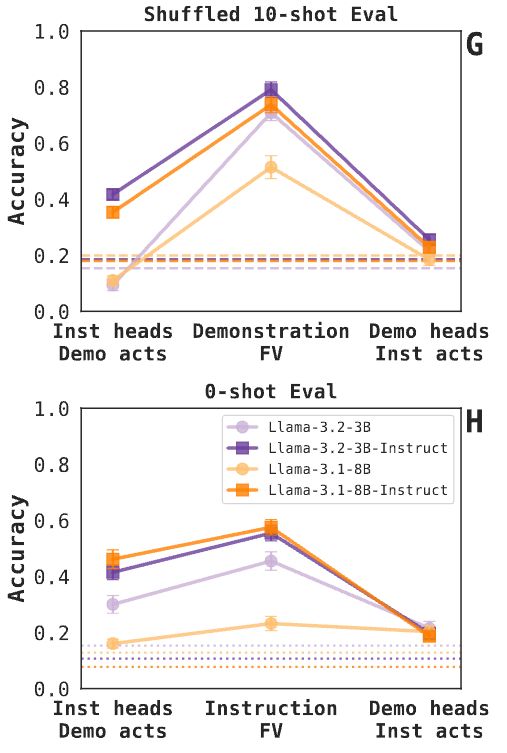

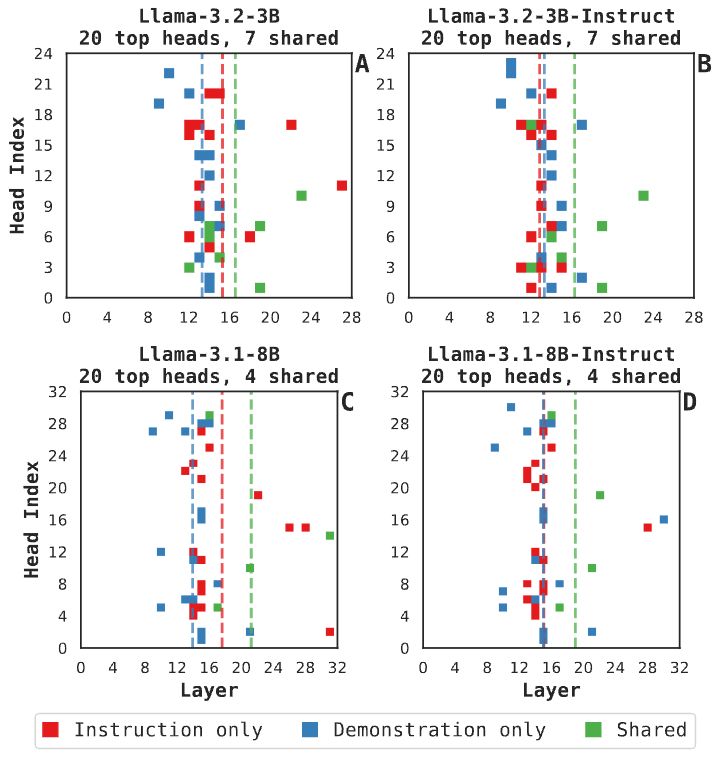
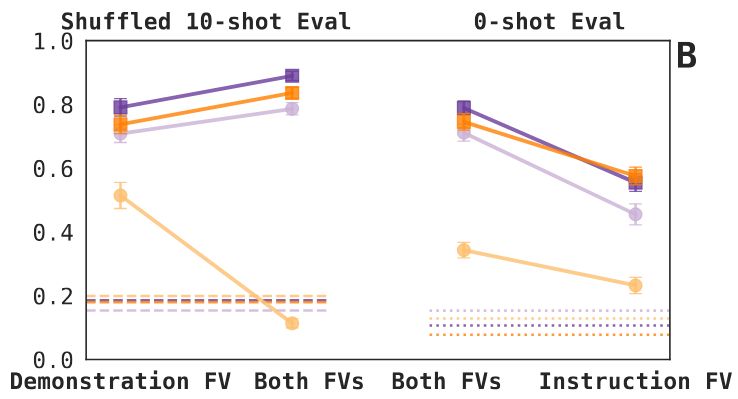

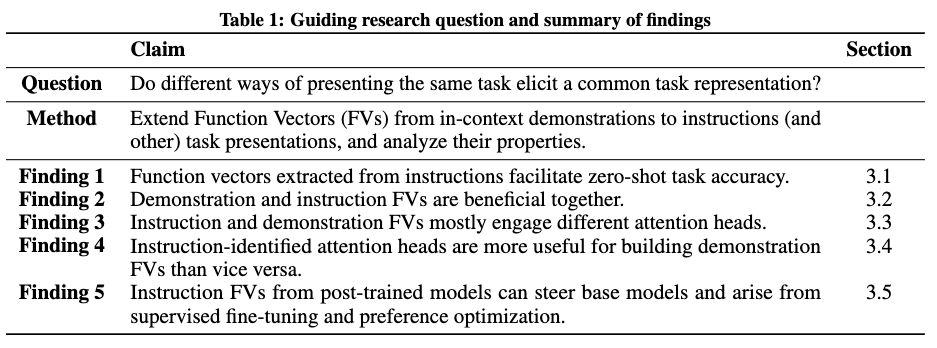
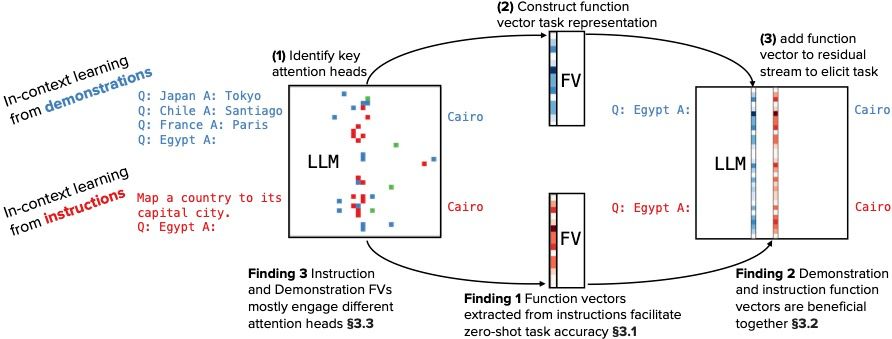
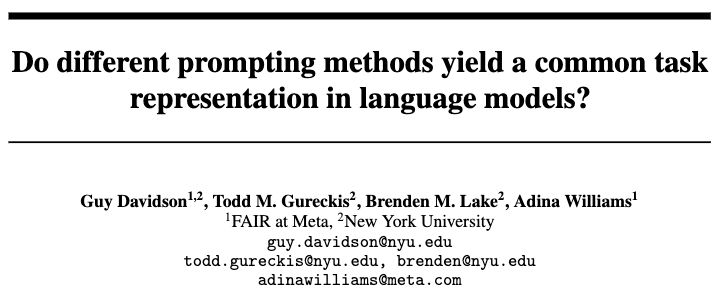







From childhood on, people can create novel, playful, and creative goals. Models have yet to capture this ability. We propose a new way to represent goals and report a model that can generate human-like goals in a playful setting... 1/N

From childhood on, people can create novel, playful, and creative goals. Models have yet to capture this ability. We propose a new way to represent goals and report a model that can generate human-like goals in a playful setting... 1/N

(Definitely true)
(Not very big; might grow up to be!)
(Meet Lila!!)




(Definitely true)
(Not very big; might grow up to be!)
(Meet Lila!!)

